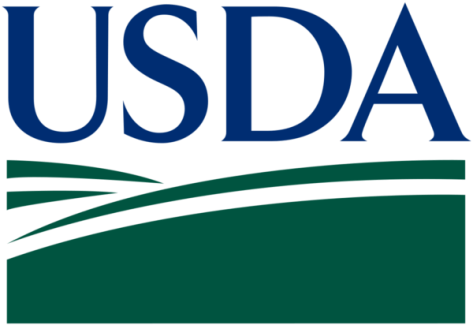While the statistics showed a fall in TB herd incidence since 2012, the number of cattle slaughtered in the 12 months leading to January 2017 was 22 per cent higher than in the previous 12 months.
It came despite the five-year £3.7 million badger vaccination programme in North Pembrokeshire, south-west Wales, which concluded ‘consistent trends in indicators of bovine TB incidence have not yet been seen’.
Farmers’ Union of Wales (FUW) senior policy officer Dr Hazel Wright said the issue required a more holistic approach which tackled the wildlife reservoir.
Alarming
“The industry is well aware that the results after four years of badger vaccination in the Intensive Action Area (IAA) showed levels of bovine TV which are no different to other comparable areas where badger vaccination did not take place,” she said.
“The number of cattle herds registered in Wales has declined by 43 per cent since 1996 and the industry has lost dairy producers at an alarming rate.”
The Welsh Government’s TB dashboard recorded 71 new cases in Pembrokeshire in the last three months of 2016 despite fairly static levels of bovine TB in varying counties.
While some areas had experienced minor improvement, nearly 30 per cent of the TB incidents closed in 2014 resulted in a recurrence in the subsequent two years.
“The restrictions on a farm business can be incredibly destructive. It is extremely distressing for our members to have worked hard to gain TB-free status, only to lose it again,” Dr Wright added.
“The restrictions on a farm business can be incredibly destructive and it is extremely distressing for our members to have worked hard to gain TB-free status, only to lose it again in the subsequent years.”
A Welsh Government spokesman said while the rise in slaughterings was concerning, it did not reflect a worsening situation.
He said this was due to the use of more sensitive testing methods and more ‘severe interpretation’ of the skin test, which was identifying infection sooner and reducing disease spread.
He added: “As a result the number of cattle slaughtered is expected to fall over time.”
Source: FG Insight




